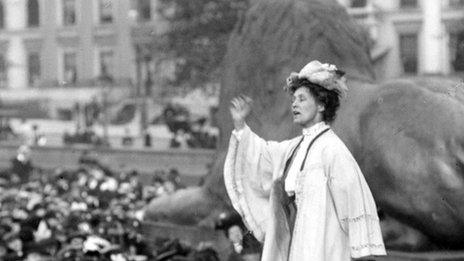Suffragette sites added to Historic England heritage list
- Published
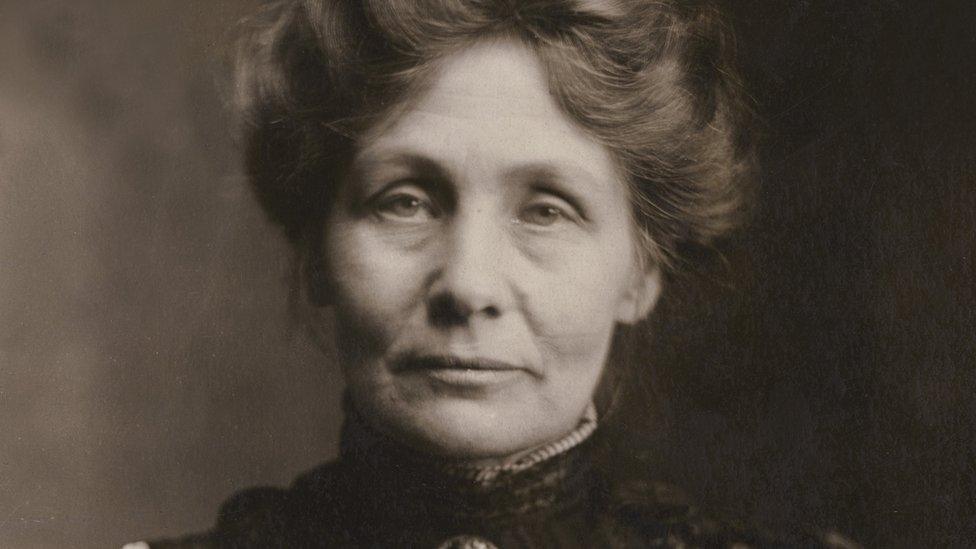
Emmeline Pankhurst's tomb has also now been Grade II*-listed
More than 40 sites - including meeting halls, post boxes and prisons - have had their links to the suffragette movement officially recognised.
The sites, crucial to the campaign to get women the vote where protests were held, direct action carried out or strategies plotted, have been updated on the National Heritage List.
They include Epsom Racecourse and Manchester's Free Trade Hall.
A London post box set alight in a protest is also included.
The tomb of the movement's leader Emmeline Pankhurst, which is in London's Brompton Cemetery, has also been upgraded to Grade II*-listed.
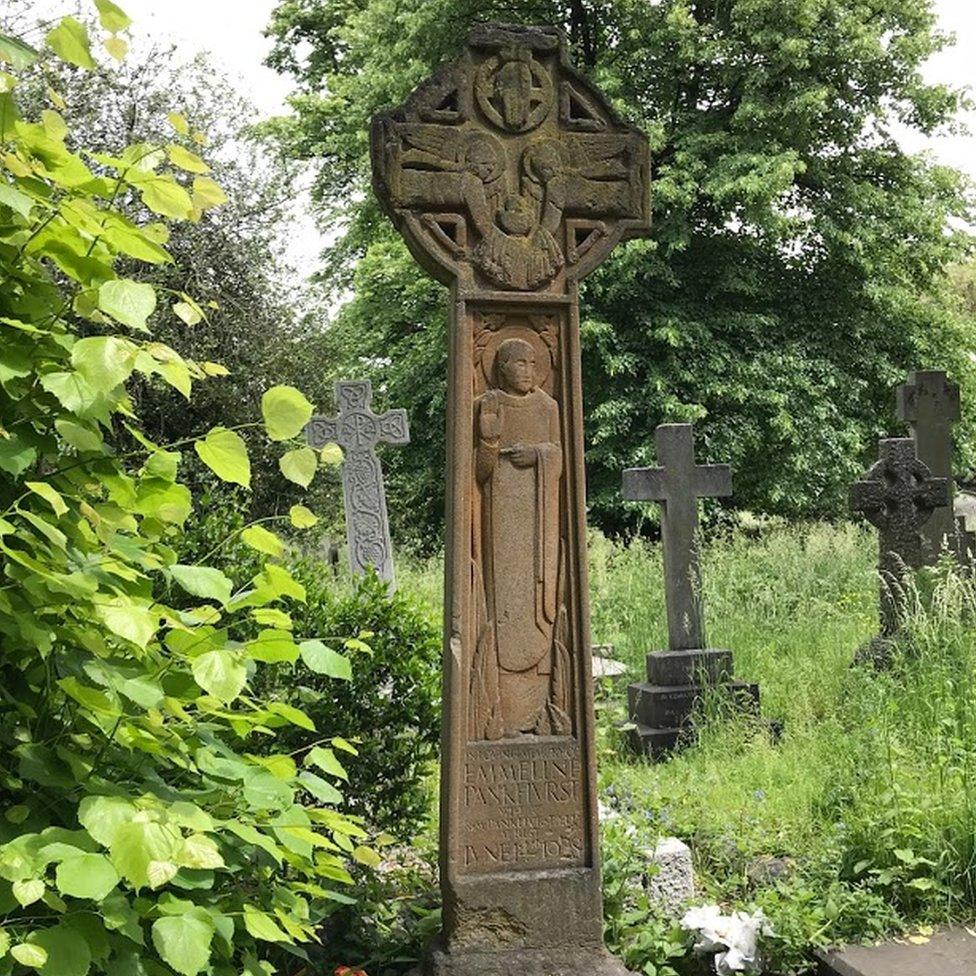
Emmeline Pankhurst - the leader of the suffragette movement - died at the age of 69 in London
The 41 sites are already listed buildings but until now there has been no record of their links to the suffragette movement on the heritage list, Historic England said.
The Women's Social and Political Union (WSPU) was founded by Emmeline Pankhurst in Manchester in 1903 and the organisation started to campaign for women's suffrage using the motto "Deeds, not words".
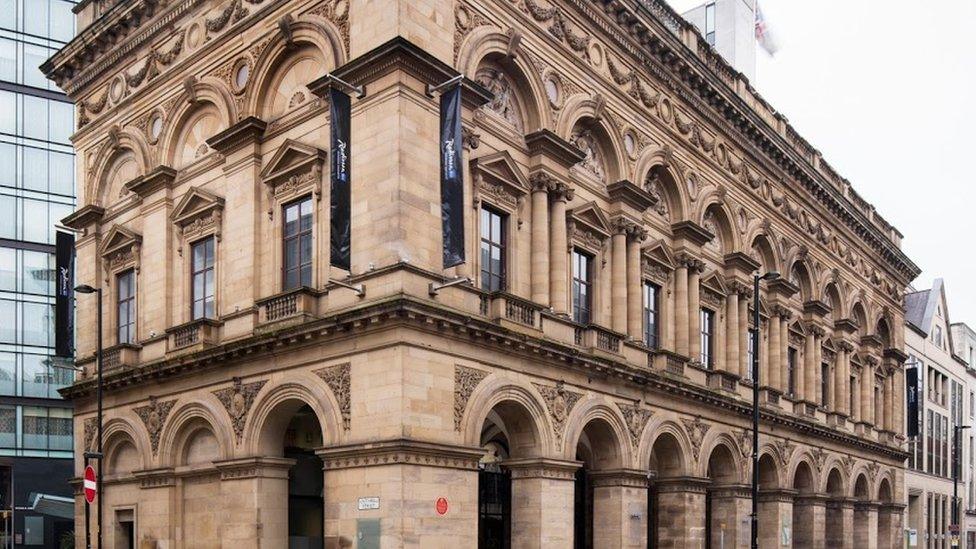
The suffragette campaign is said to have started at Manchester's Free Trade Hall
The sites include:
The Free Trade Hall, Manchester, where the suffragette campaign is said to have started after two suffragettes were arrested for disturbing a meeting of the Liberal Party.
A post box outside 23 Hampstead High Street, London, which was damaged by suffragettes who poured tar and oil into it and set it alight.
The Prince's Stand at Epsom Racecourse, which was the scene of the protest by Emily Wilding Davison, who died after she ran across the track during the Derby and was struck by the King's horse.
Emmeline Pankhurst's great-granddaughter Helen Pankhurst, who said the recognition for the sites was "wonderful".
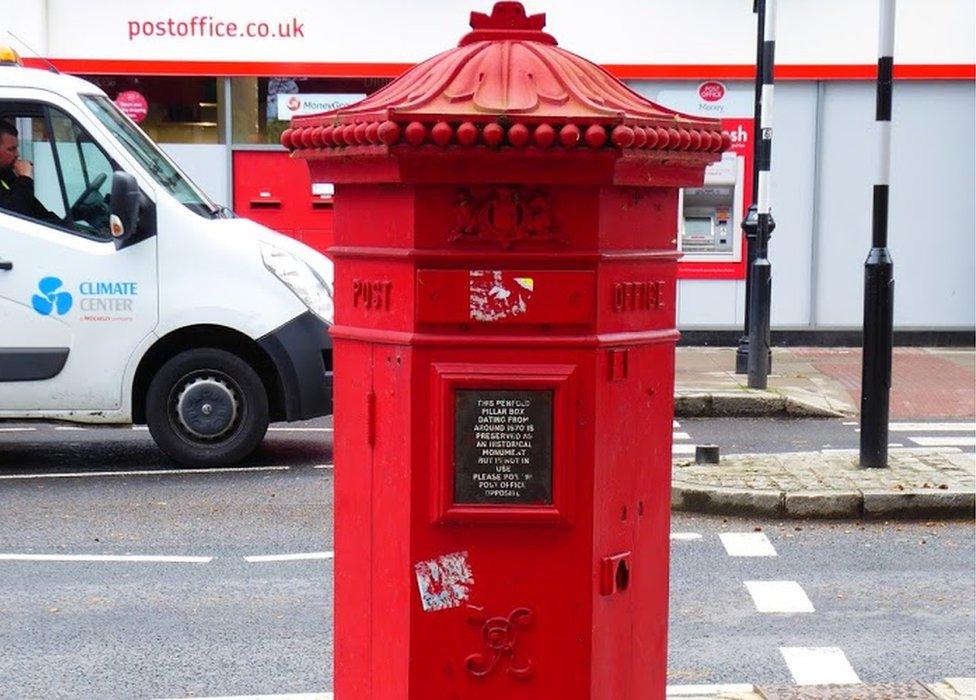
The post box on Hampstead High Street was set alight
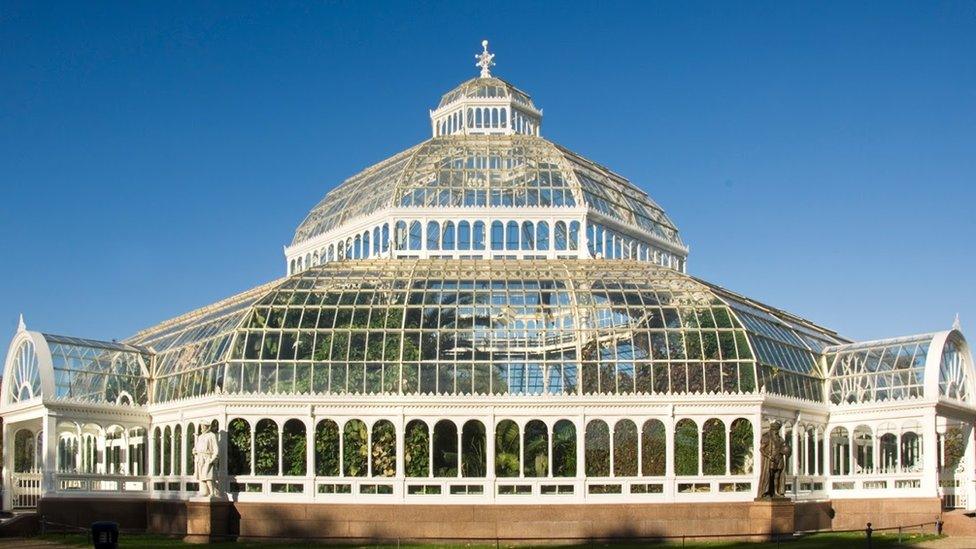
Sefton Park Palm House in Liverpool was targeted with a homemade bomb, the fuse of which was blown out by the wind
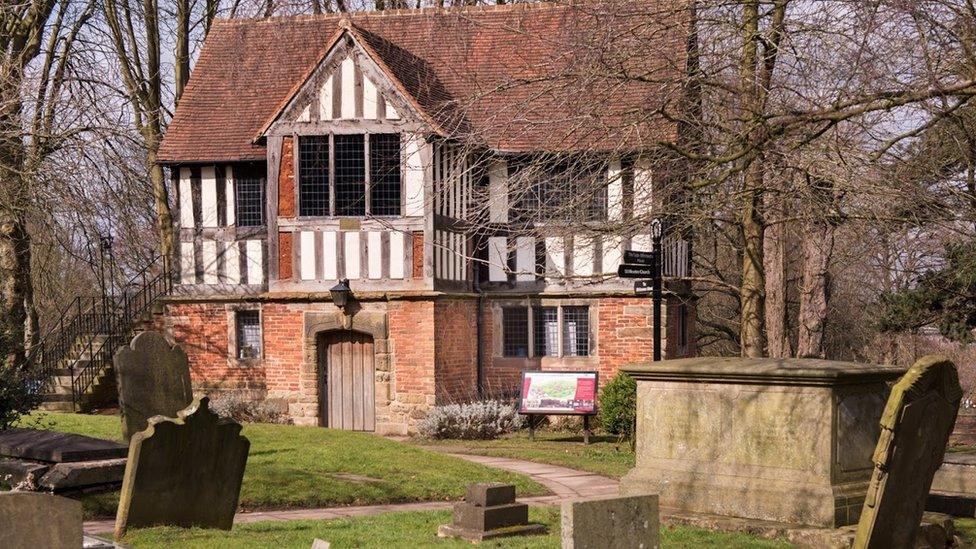
Two suffragettes were so "charmed" with the "old-world room" at the Old Grammar School, Kings Norton, Birmingham, they could not bear to set it on fire, according to a message they left on the blackboard
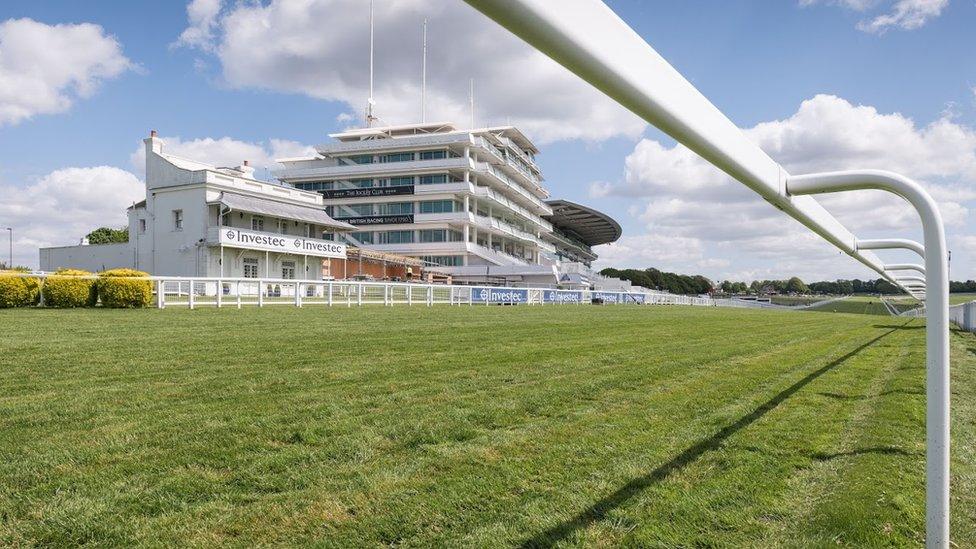
Suffragette Emily Wilding Davison was killed during a protest at the Epsom Derby in 1913
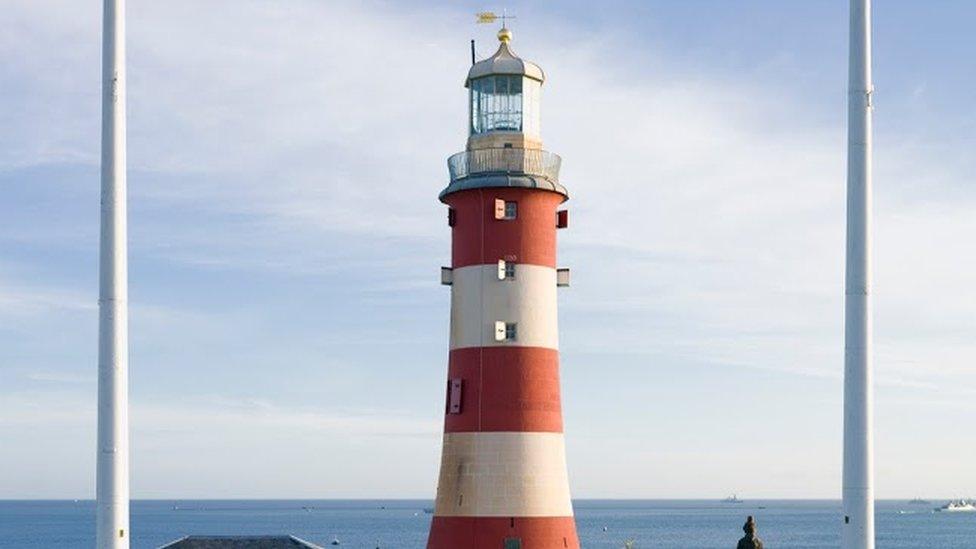
A homemade suffragette bomb was found at the entrance to Smeaton's Tower in Plymouth but the wick had been blown out
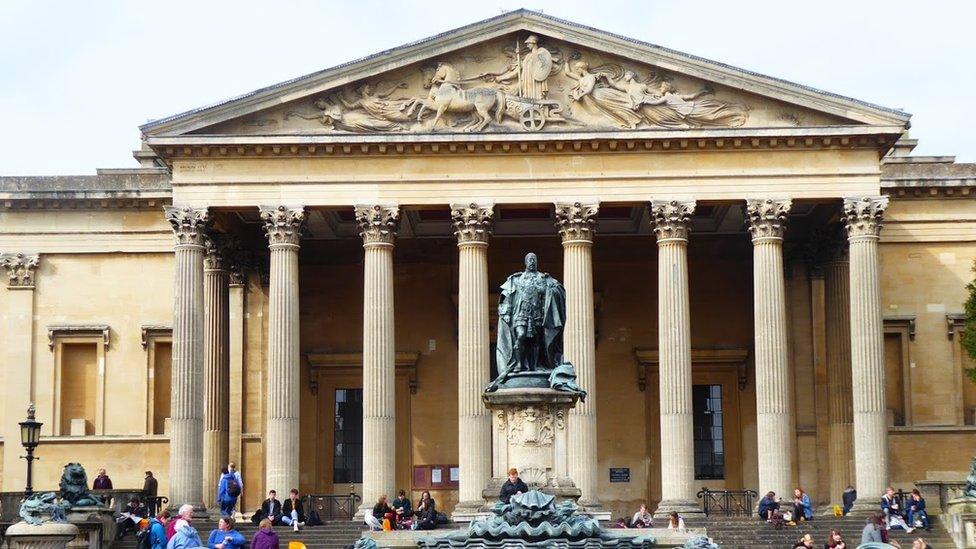
Many WSPU meetings were held at Bristol's Victoria Rooms and professional boxers were hired to keep medical students from interrupting Mrs Pankhurst's speech
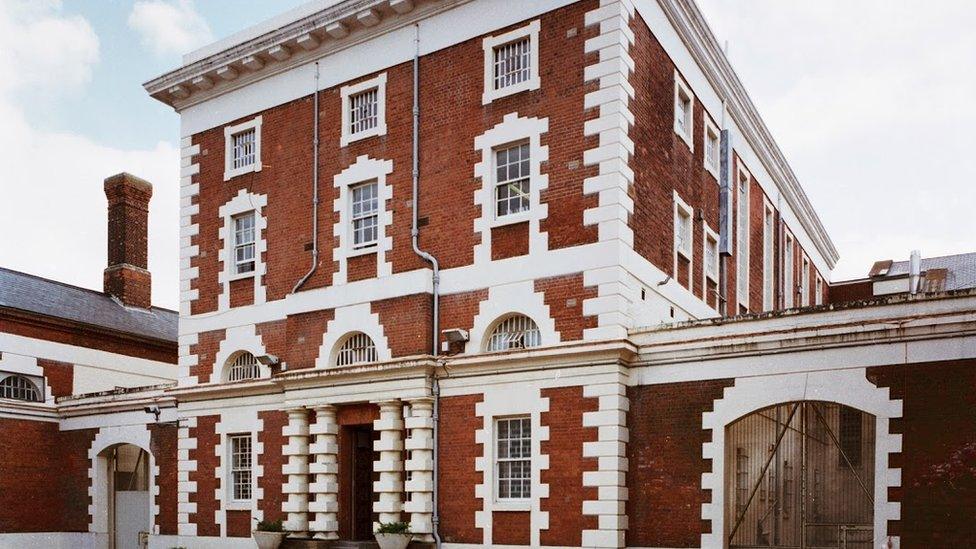
Aylesbury Prison was the starting point for the suffragettes' largest mass hunger strike, which spread to other prisons with 80 women taking part
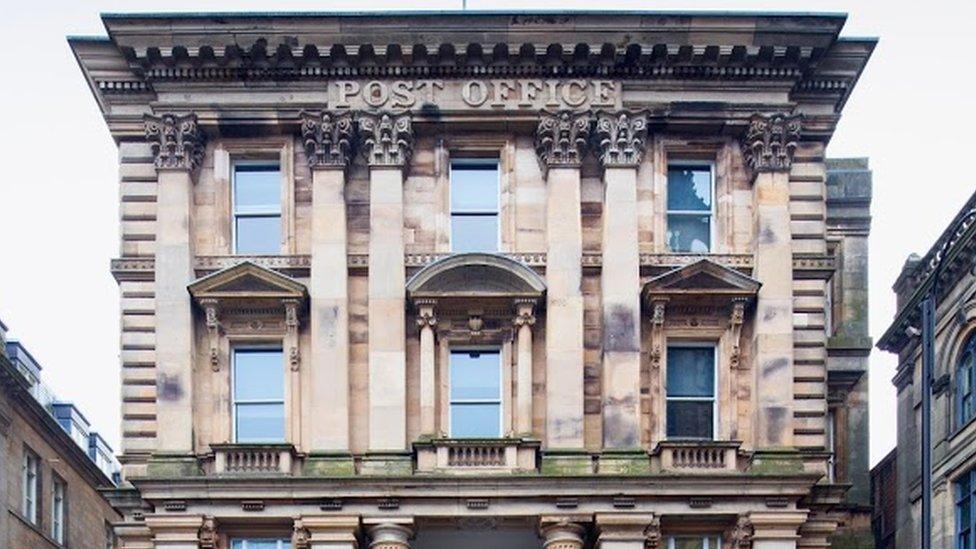
During protests against politicians who were meeting in Newcastle, stones were thrown through the window of the post office on St Nicholas Street
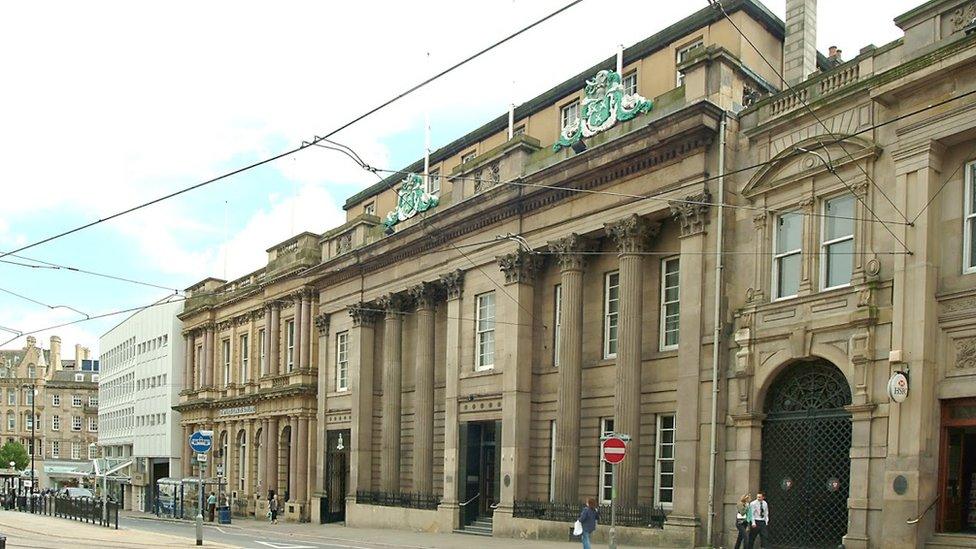
Winston Churchill was targeted by protesters at Sheffield's Culters' Hall, including by women who sent him several telegrams during a dinner
- Published25 May 2018
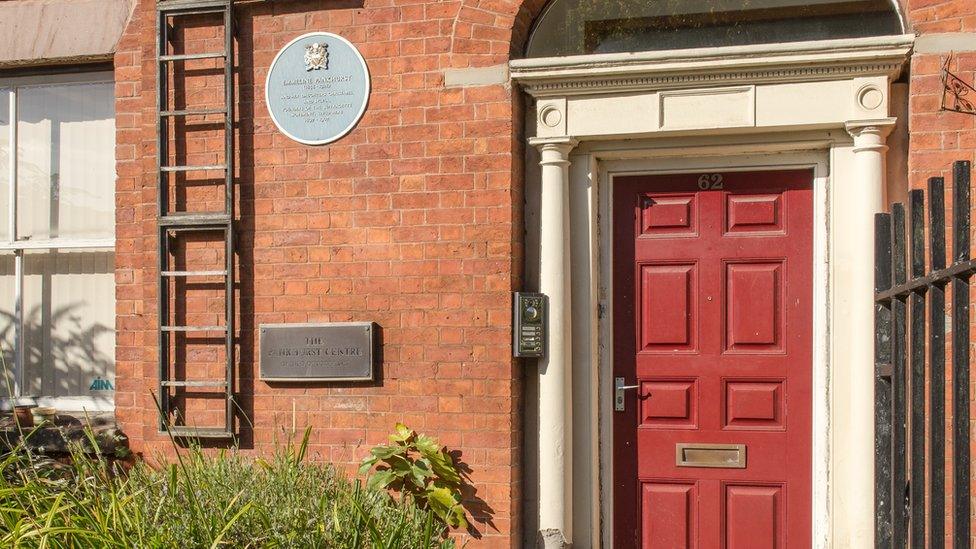
- Published6 February 2018
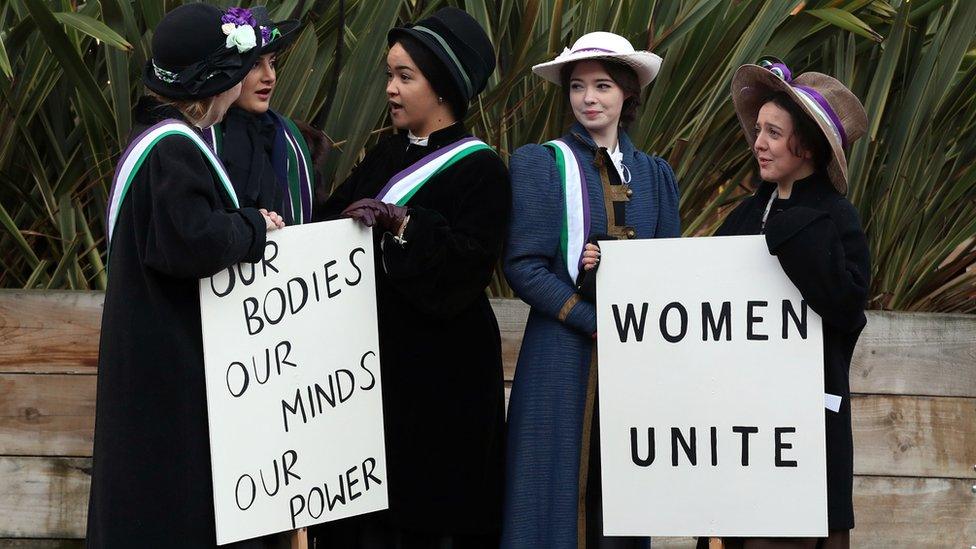
- Published6 February 2018
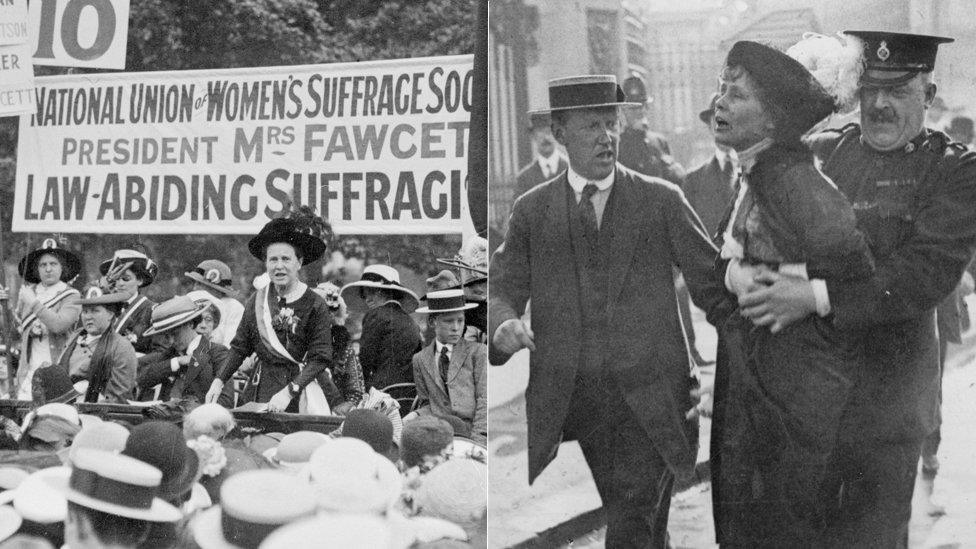
- Published5 February 2018
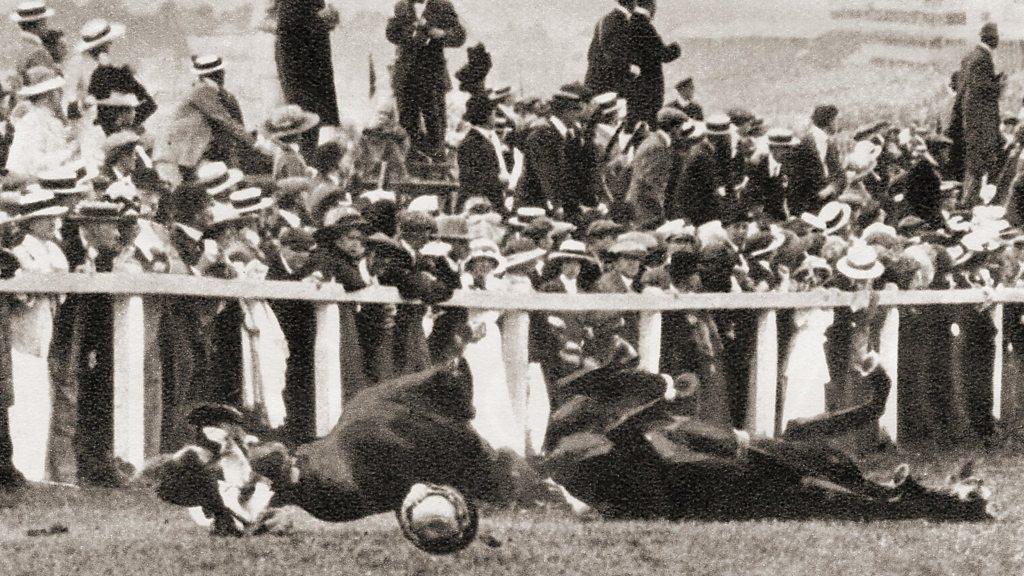
- Published20 January 2016
